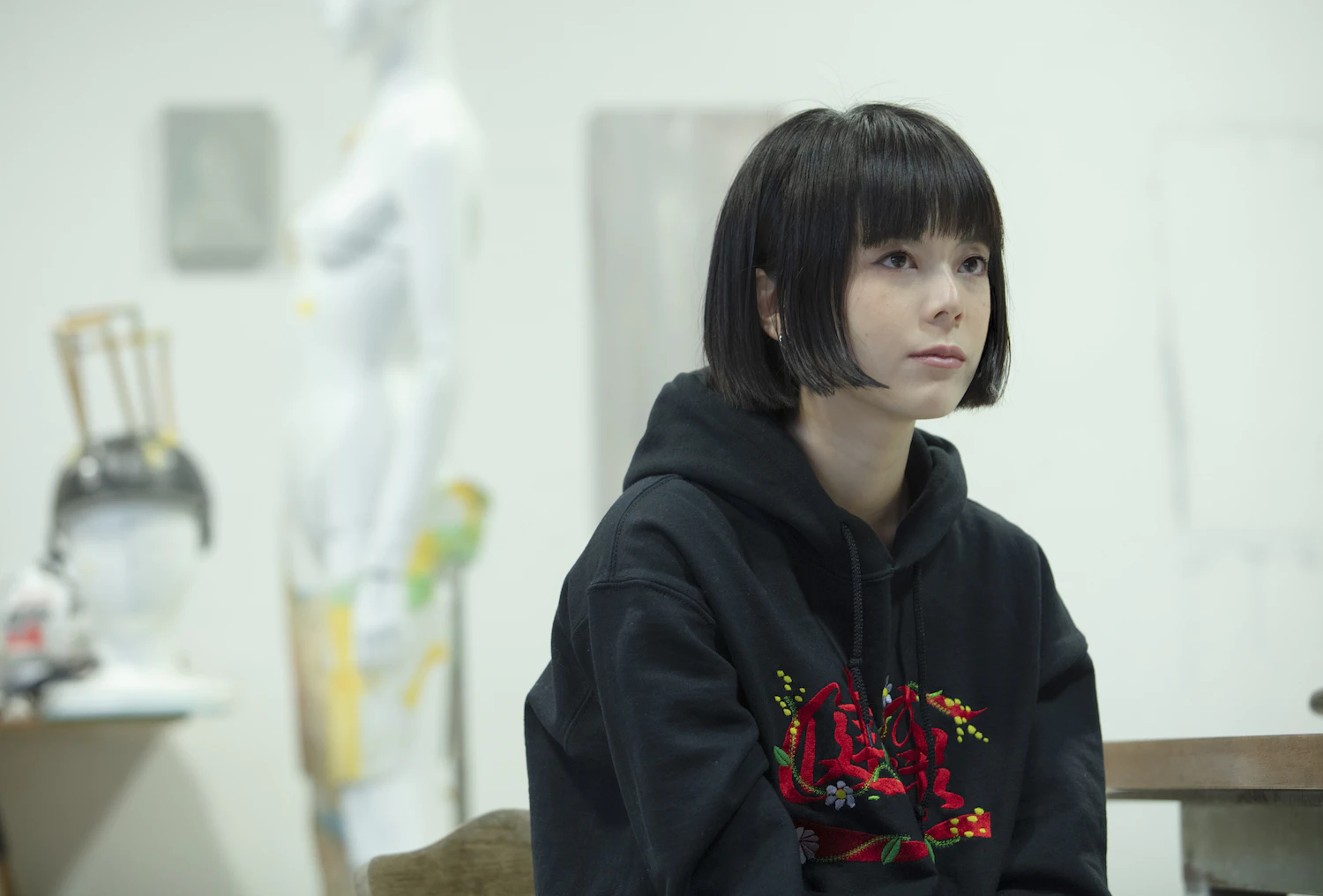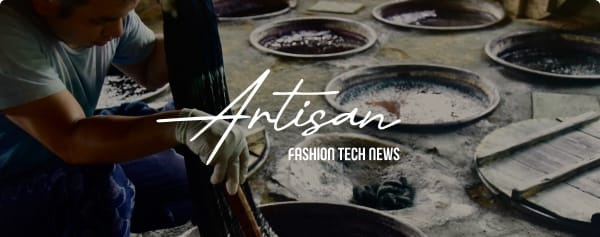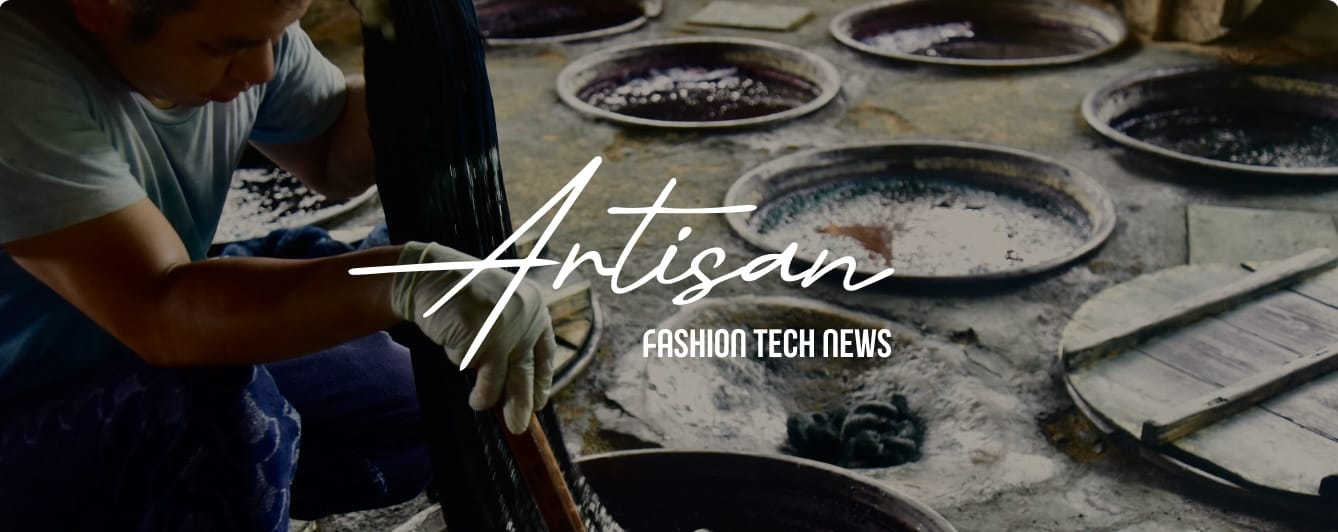Kumi Kaguraoka: The Body & Restraints, Contemporary & Future Beauty

Since 2015, I have been active as an artist under the statement: "The body is a tool to communicate with the world." In the same year, I received the grand prize for my work "Pick the Light" at "SICF 16." Recently, I have participated in the exhibition "9人の眼 -9人のアーティスト" under the supervision of Tomio Koyama and recommendation of Makoto Takeuchi, and have held solo exhibitions at galleries, art centers, and the Seibu Shibuya store. My works and interviews have been featured in fashion magazines "NUMERO BERLIN" and "VOGUE MAN HONG KONG," and I have contributed to both domestic and international media. I have also organized group exhibitions and workshops at museums. In 2021, I was selected as an overseas trainee artist by the Yoshino Gypsum Art Foundation and plan to begin activities in New York.
Website / Instagram / SEIBU SOGO
Today's Fashion Culture & the Environment Surrounding Clothing and the Body
"Transforming the Body with Restraints"
I am currently creating a series of works titled "The Metamorphoses of Beautiful Bodies." This involves making casts that design the body from the skeleton to the ideal form through "restraint," visualizing the aesthetic values (aesthetic values) that have been constructed in human society. I considered that beauty or aesthetic value ranks fourth following wealth, intellect, and physical strength in human society. There is a history of the body constantly changing due to aesthetic values, and by looking back at the past, it becomes clear that bodily transformations and actions towards the body have long persisted due to fluctuations in aesthetic values. I realized that these actions include "restraint" and "decoration." Both have their allure, but this work focuses on "restraint." When unraveling history, it's evident that people have voluntarily chosen things that involve pain, extreme stress, and even life-threatening situations due to the cultural, religious, and gender dynamics of the time, giving rise to "transformations of the body through restraint."This article is for members only.
Please register to read the rest of the article.
- Read members-only articles
and use text-to-speech. - Unlimited article favourites
and browsing history. - Attend members-only events.
- Get the latest information
with our email newsletter.
RELATED ARTICLES








.jpg?w=400&fm=webp)









.png?w=400&fm=webp)



![[No.3]Living National Treasure Akihiro Maeta's Setbacks and Challenges](https://images.microcms-assets.io/assets/1775a3633c8b428d9f011c6a758a8a5c/3cb62d72ed254ff29b04d6e6226bee04/OGP3.JPG?w=400&fm=webp)